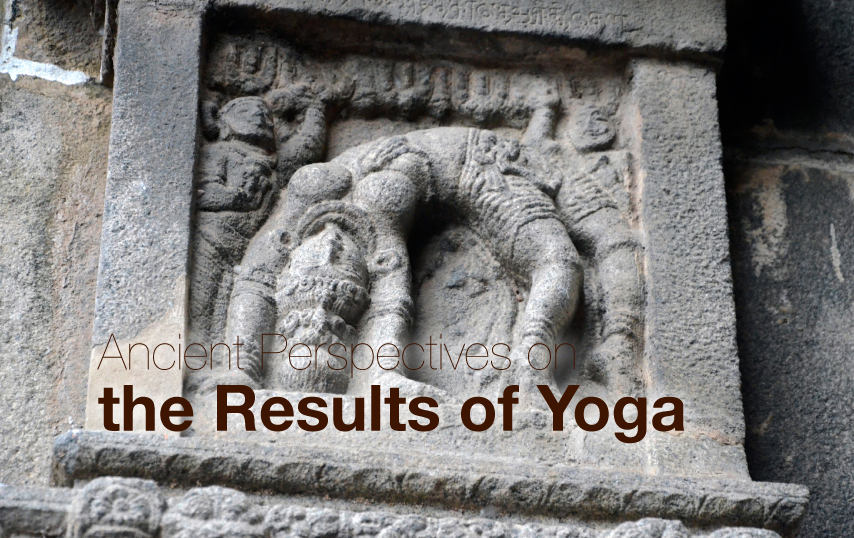In Book Twelve of the Mahābhārata, Chapter 188, a remarkable conversation takes place between a sage and a king. Their conversation is about the practice of yoga, or a style of yoga. The style of yoga under discussion would seem to consist primarily of meditation, or what the sage calls “dhyāna.” According to one line of interpretation, the sage tells the king that practitioners of yoga work so that their meditation is well performed (yathā svanuṣṭhitaṃ dhyānaṃ tathā kurvanti yoginaḥ).
The sage does not use these terms lightly, for the practitioners of yoga (yoginaḥ) that the sage has in mind are highly advanced. Indeed, the sage refers to these individuals as “great seers” (maharṣayo). With their hard work and the understanding that comes with it, the sage says, these practitioners of yoga are ones whose minds have gone to nirvana (nirvāṇagatamānasāḥ) – an expression which suggests that such practitioners already have reached nirvana, or that are intensely focused on doing so.
In keeping with ancient Indian conceptions of what nirvana means, the sage informs the king that these accomplished practitioners of yoga “do not return again” (nāvartante punaḥ), meaning that they will not be reborn in this world. Instead, they are “released from the affliction of samsara” (muktāḥ saṃsāradoṣataḥ), the painful and pointless migration through successive rounds of death and rebirth. The sage furthermore defines nirvana as that which is free from disease (nirvāṇaṃ tannirāmayam), a poetic figure of speech signifying a state of complete well-being. The sage does not come right out and say that nirvana is the goal of yoga practice, but he makes it clear that nirvana is the outcome of successful yoga practice.
But as the conversation continues in subsequent sections of the text, a somewhat different perspective on yoga emerges. The sage tells a story involving the god Brahmā, who speaks about obtaining the “fruit” of yoga. This kind of agricultural metaphor is popular in Indian texts; here it means the result of yoga practice.
In the story, Brahmā lets it be known that for practitioners the fruit of yoga is seeing the god with one’s own eyes (yogasya tāvadetebhyaḥ phalaṃ pratyakṣadarśanam) – or as we might say, seeing Brahmā “face to face.” Brahmā goes on to say that when the body comes to an end (i.e. at death), there is no doubt that the devoted yoga practitioner can attain by “this method” what Brahmā calls “my worlds” (yaśca yoge bhavedbhaktaḥ so ‘pi nāstyatra saṃśayaḥ vidhinānena dehānte mama lokānavāpnuyāt). Brahmā does not elaborate, but the idea is that because of yoga practice a person can, after death, reach one of the higher realms in which Brahmā can be encountered.
For many modern yoga practitioners ideas such as reaching nirvana or seeing the god Brahmā “face to face” may seem foreign or remote. But it is helpful to recall that the Mahābhārata is an epic poem that contains many perspectives. It is meant to be entertaining as well as edifying. And it was produced long ago, in a culture that conceived of human potential through distinct images and ideas. Among these are ideas about attaining nirvana and seeing Brahmā.
In other times and places human beings have conceived of their most lofty possibilities in other ways. But in one respect, perhaps, modern yoga practitioners and the ancients might agree: for many who pursue it seriously, yoga is an invaluable practice for helping human beings reach their highest potential.
To read the full article please download our Asana Journal App or purchase Issue 158 February 2016.




















 Other
Other